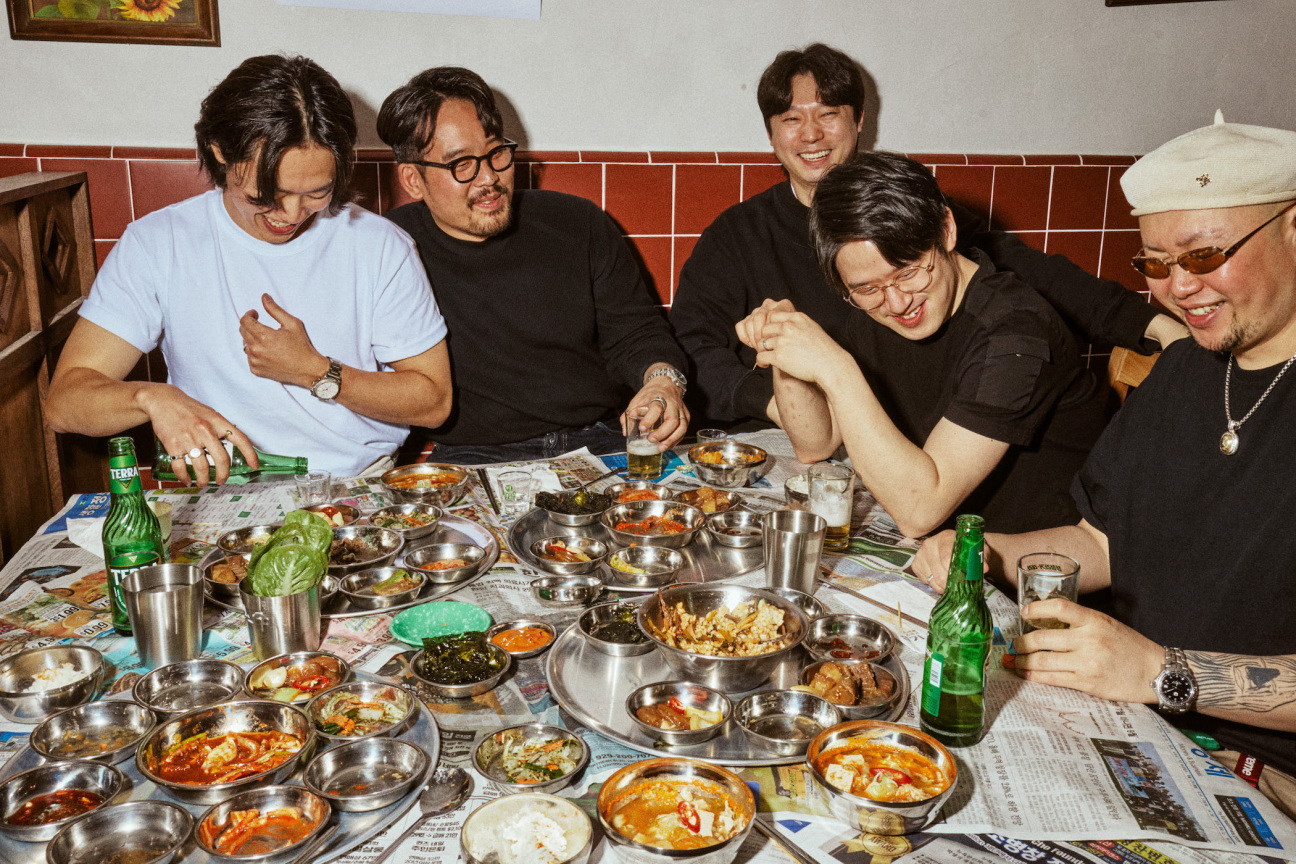
New York City has a new brand of restaurant. Kisa, which opened on the Lower East Side earlier this week, is short for kisa sikdang, or “driver's restaurant." The only establishment of its kind in the city, it plays homage to the diners catering to Korean taxi drivers that emerged in the '80s. The restaurant, which offers a selection of hearty, homestyle food served on trays, is the brainchild of David JoonWoo Yun, Steve JaeWoo Choi, and Yong Min Kim (YK). Born in Korea and raised in Atlanta, Yun and Choi made a splash with their blend of Southern and Korean flavors at their first restaurant, C as in Charlie. Now joined by YK, they are delving into more traditional fare at Kisa.
The aim is to capture the casual, homey atmosphere of a restaurant that doubles as a day-to-day institution (think: taco carts in Los Angeles or highway diners). The decor includes Korean calendars, vintage TVs, and a coffee machine like those found all over Korea, which can be operated with quarters that Kisa provides with the bill. “It’s one of the first restaurants to actually give out money to a customer,” Yun says.
The day after Kisa's soft opening, the trio shared with CULTURED the backstory of this dining concept, their longstanding friendship, and the importance of communication, often facilitated over a glass of soju.
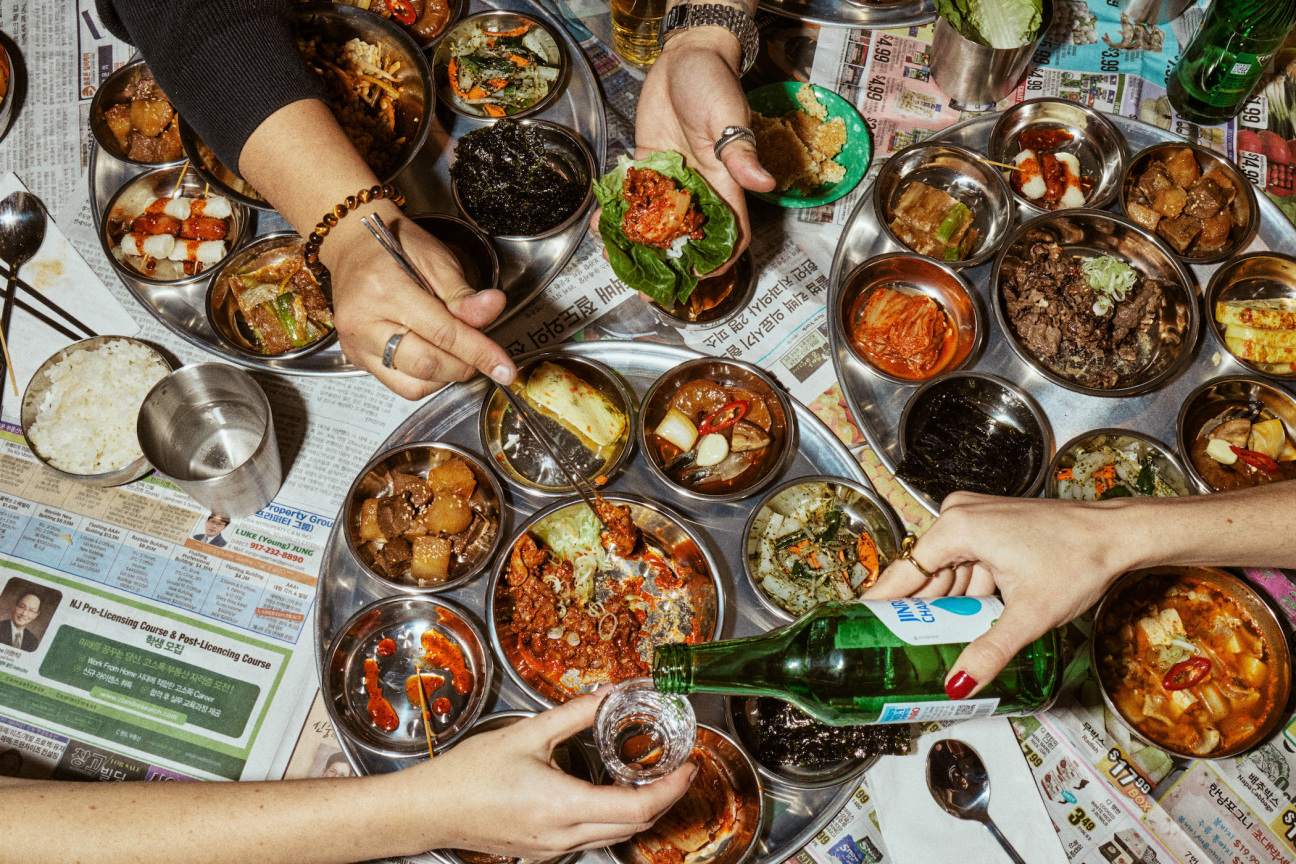
CULTURED: Where are you and what's in your system right now?
David JoonWoo Yun: We are sitting in Kisa, really hungover from last night's soft opening and the tons of bottles of soju, so we have only had a little coffee so far. We plan on having noodle soup, which is the best remedy.
CULTURED: Can you explain what Baek Ban is for someone who's not familiar?
Yong Min Kim: Baek Ban literally means a plate of side dishes, main entree, soup, and rice. In any Korean restaurant, if you order an entree, at least four or five side dishes come with it, including kimchi—kimchi is a must—a bowl of rice, and seasonal veggies.
Steve JaeWoo Choi: Our side dishes at the moment are comprised of kimchi, potato jorim (braised potato and beef in sweet soy sauce), soy-marinated raw shrimp, mung bean jelly salad, roasted seaweed imported from Korea, sausage and rice cake skewers in gochujang sauce, and a traditional omelette roll.
CULTURED: Where did the idea of Kisa come from, and how is it different from your previous restaurant, C as in Charlie?
Yun: Kisa means driver. In Korea, there are restaurants dedicated to taxi drivers that serve the best food at affordable prices. It’s almost like the Korean version of Waffle House in Atlanta. These restaurants have become very popular with the general public, but nowadays, many restaurateurs of younger generations don’t want to go through the cost or the labor of serving Baek Ban. So these restaurants have started disappearing in Korea, and if the owners retire, they will fade completely. We hope that opening up this concept in New York might cause a butterfly effect in Korea.
C as in Charlie was our first restaurant. We are Koreans who grew up in Atlanta, eating southern and Korean food. C as in Charlie best describes what we are: We are not 100% Korean or 100% American. But then, customers started telling us it was their first time trying Korean food and how much they loved it, and we felt guilty because we weren't offering something traditional. We figured our second restaurant should be full Korean somewhere in the Lower East Side. That’s why Kisa now goes back to our heritage and our roots.
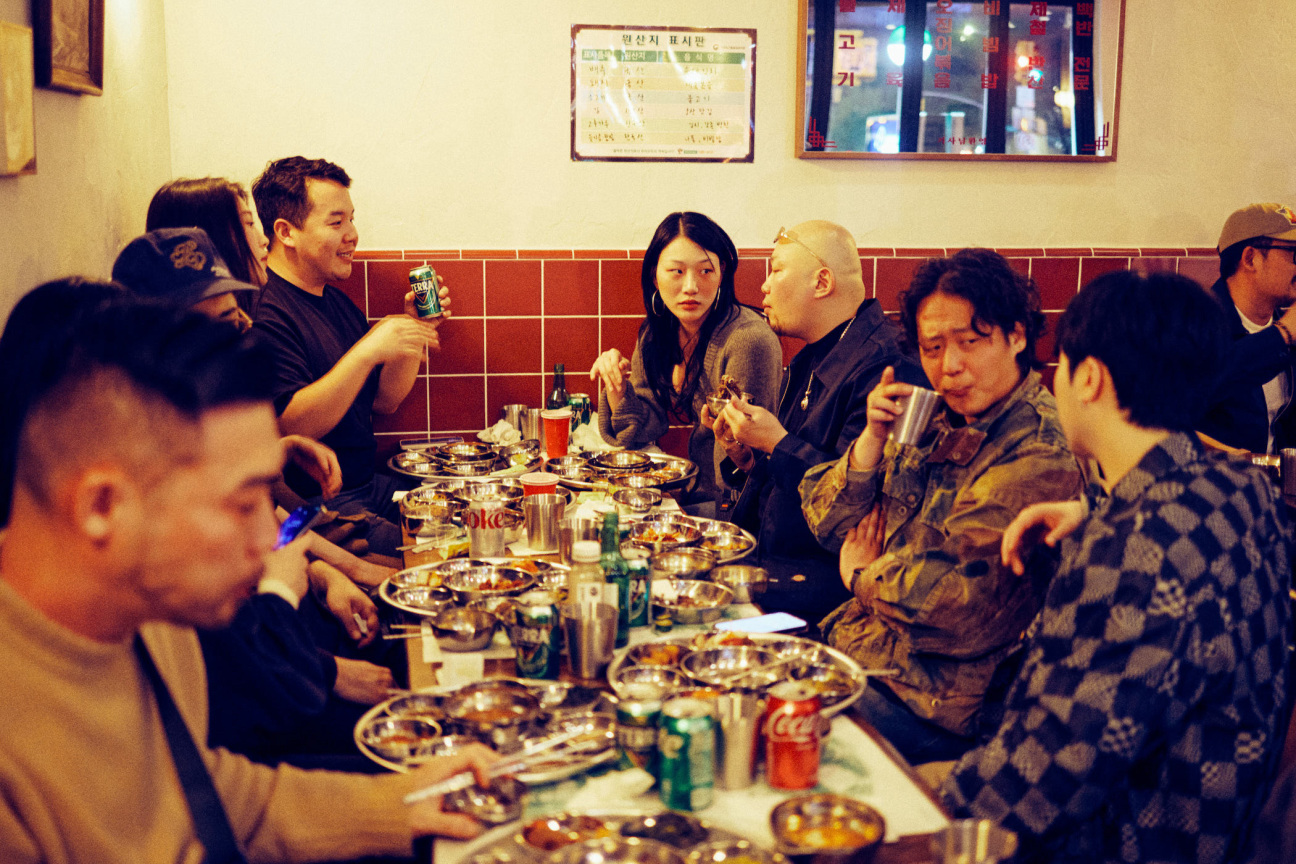
CULTURED: David and Steve, after collaborating on C as in Charlie, you've teamed up with YK for a new venture. Can you describe how your team formed and what it's been like opening a restaurant together?
Yun: Steve and I go way back. We’ve been best buddies since we were 12 when we met in a small Korean church in Atlanta back when he was shorter than me. We came to New York right after high school, moved in together for 10 years, and always shared the dream of opening our own restaurant. I met YK in New York, but since the Korean community is very small in Atlanta, we shared a lot of mutual friends. We met while I worked at Barn Joo and he worked at Thursday Kitchen, and we would always talk about opening up a restaurant together over a drink. We are a whole Atlanta family.
Choi: Since we have known each other for over a decade, we can communicate easily. Communication is the most important thing among multiple partners. If we have a problem, we sit down, have a sip of soju, and try to work things out.
YK: The other great thing we have is solid, unconditional trust. I trust that Steve and David are working on the restaurant, and they trust that I am, too. Partners will have problems if they have the mentality of, you’re working more than me or you’re working less than me. Having that trust that we are all pitching in what we can and that the best out of us is on the ground is the most important factor in the partnership.
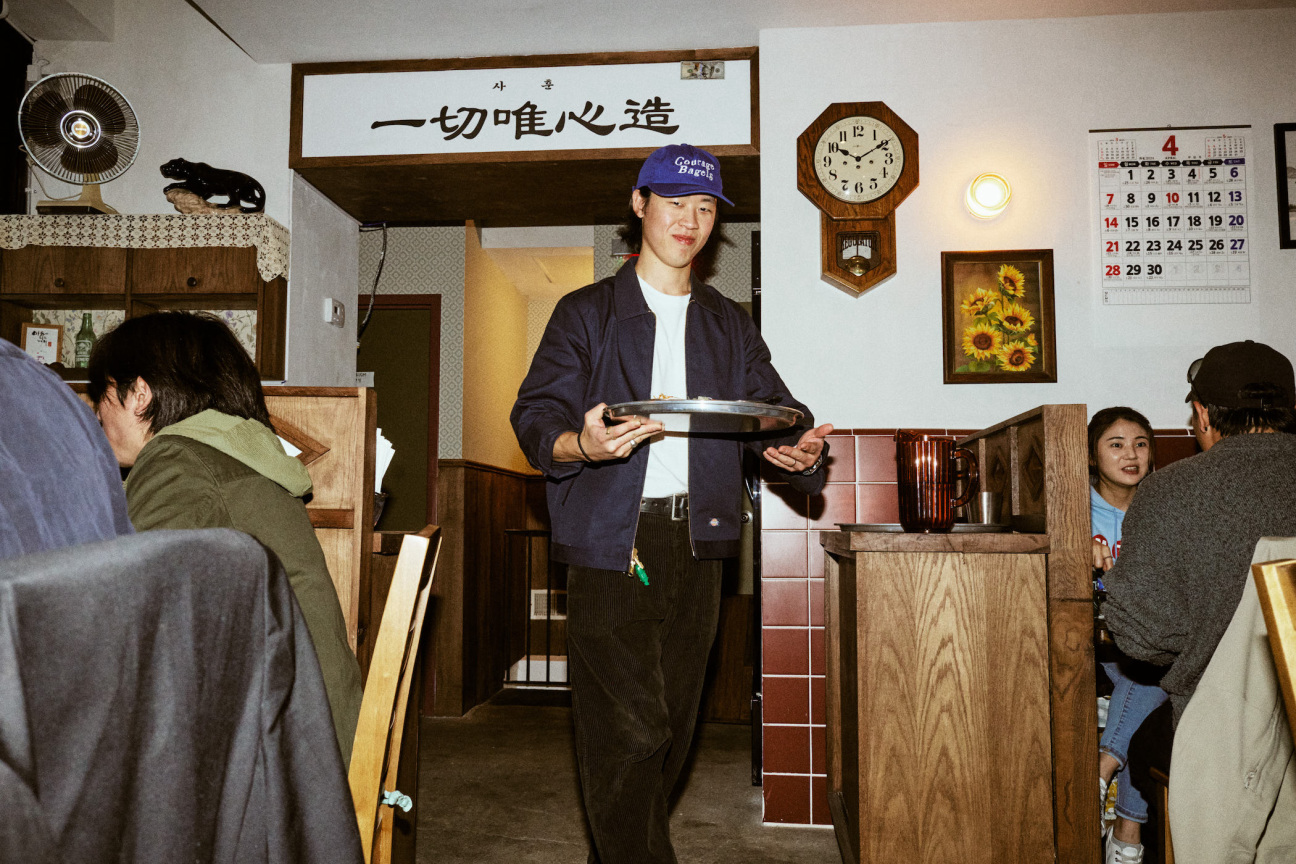
CULTURED: What experience do you aim to create for customers?
Yun: We want people to feel like they’re in Korea for the two hours they dine at Kisa. People might struggle to find the restaurant. Our sign outside doesn’t have a single word of English and uses a classic design found in Korean restaurants. We've embraced the same laid-back spirit as the traditional Kisa Sikdangs, known for their quick service. We display the menu in Korean on the walls and it's also written right on the table mats. There are five options: bulgogi, spicy pork, stir-fried squid, or bibimbap, served with eight seasonal side dishes and a bowl of rice.
The highlight of the restaurant is our coffee machine. If you visit Korea, there are these machines where you put a coin in, click the button, and a cup will come out with delicious coffee, hot chocolate, or, my personal favorite, black bean lattes. We give quarters out with the check at the end of the meal so diners can use them to dispense their drink. I believe it's one of the first, if not the only, restaurants to actually give out money to customers.
CULTURED: If you were to invite three people to a dinner party at Kisa, who would it be?
Choi: Baek Ban is what we grew up with at home. Eating as a family is one of the most important aspects of Korean culture. So, for that reason, parents or grandparents would be the sentimental choice we all share.
YK: I agree completely.
Yun: The food we serve at Kisa has been around for years, and it’s what we grew up eating. The kimchi we make at the restaurant tastes exactly like my grandmother’s recipe, so I would also say my grandparents. I would also love to invite Tupac.

CULTURED: Finally, what are your go-to H-Mart or other Korean deli orders?
YK: I usually get Korean-style pork belly and all the Korean ramen. I also buy Korean ingredients and cook all the side dishes and main dishes at home.
Yun: I go for the Bibigo beef dumplings. Cook them in the air fryer for five minutes, and they'll be some of the best dumplings you've had at home.
Choi: I'm a big ramen guy, so I get five different types of ramen every time. I like packaged ramen more than restaurant ramen because I can make it my own way, using different water levels, adding scallions, or adding kimchi.

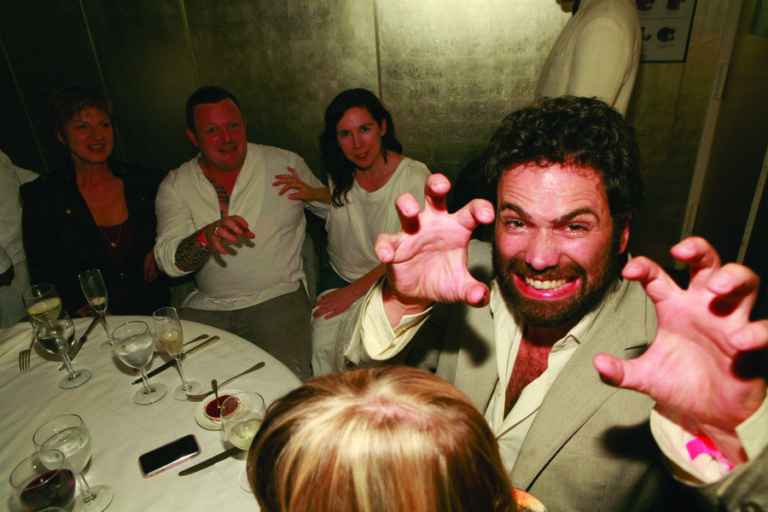

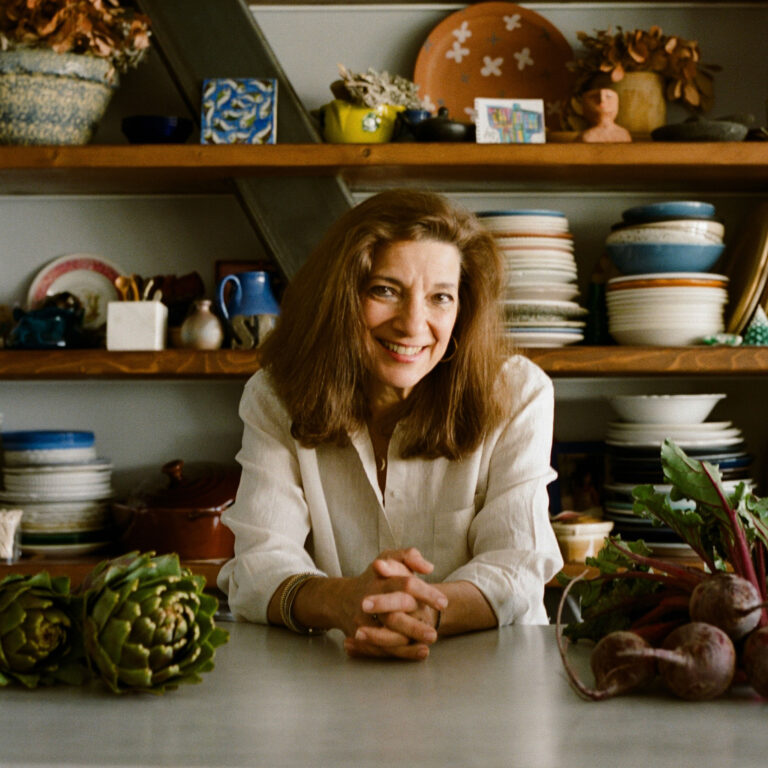

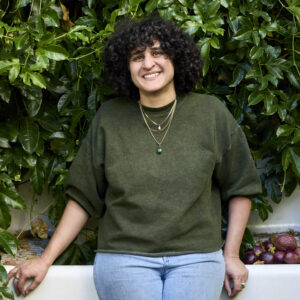




 in your life?
in your life?

